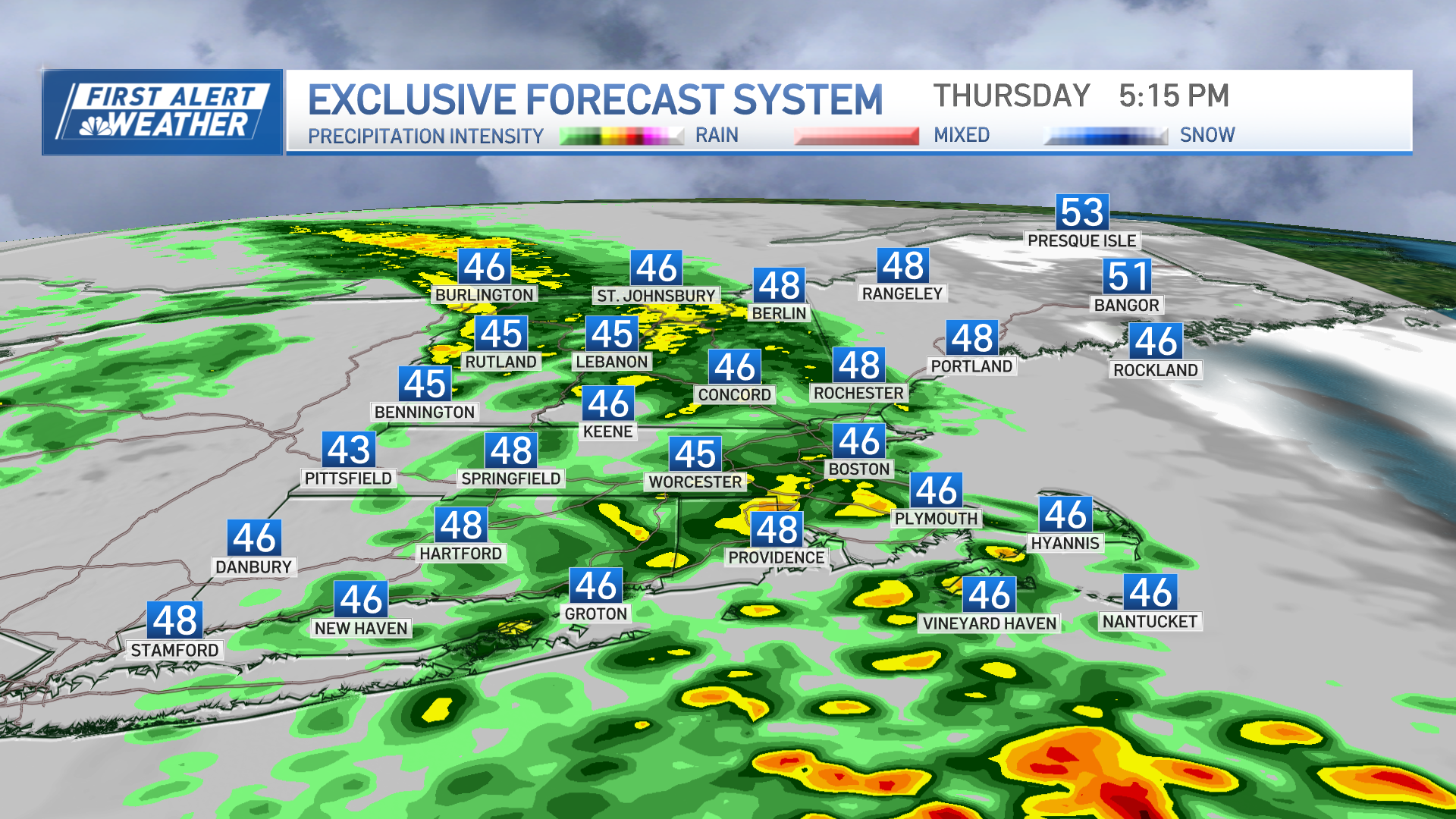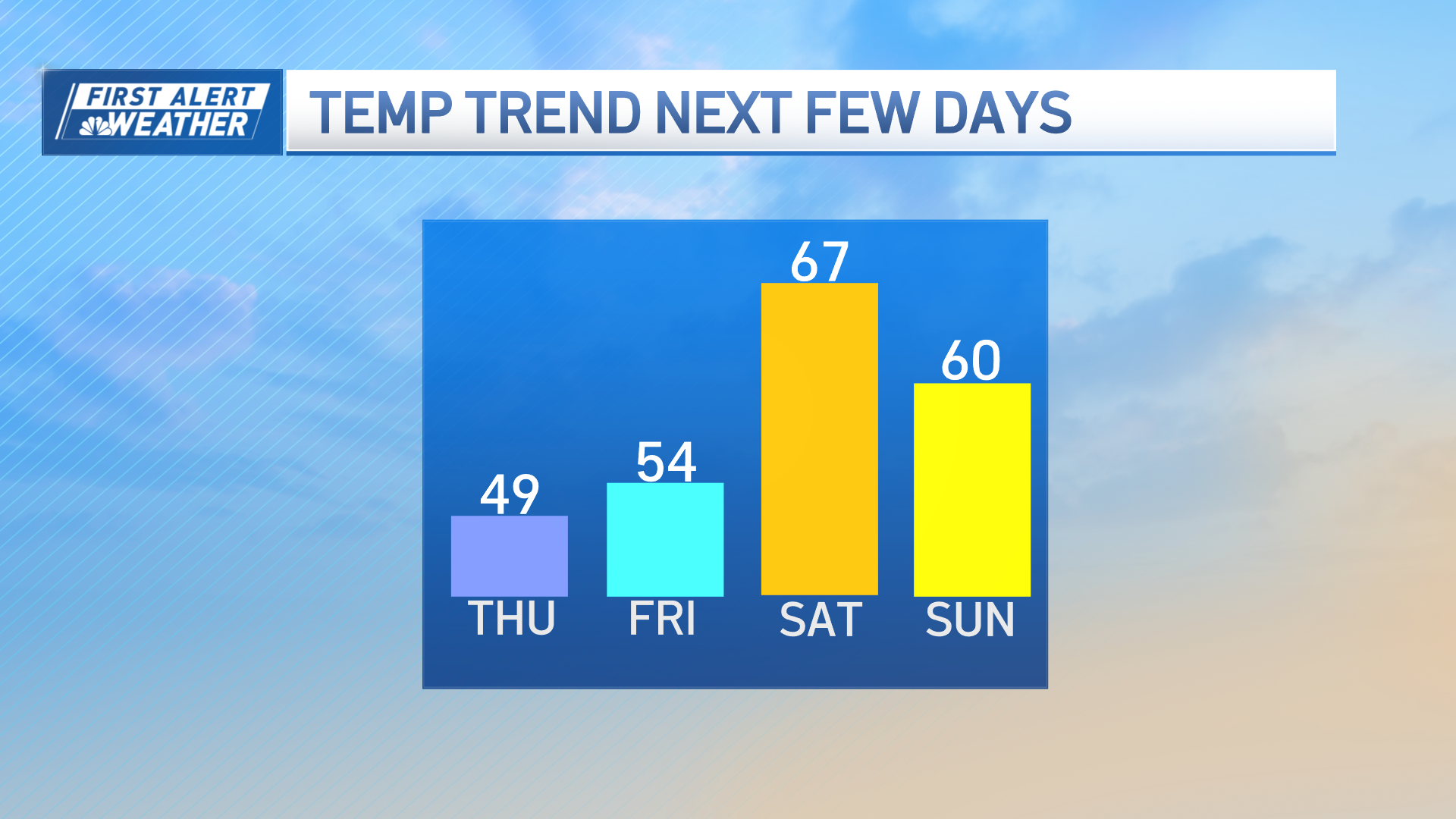Tropical Storm Colin has gained new life, and will pass just west of Bermuda. Matt Noyes says the storm may be a hurricane by the time it arrives to the island, and should raise interest for New England surfers for some of next week.
The following updated seasonal hurricane forecast came from the National Oceanic and Atmospheric Administration today:
NOAA Still Expects Active Atlantic Hurricane Season; La Nia Develops
The Atlantic Basin remains on track for an active hurricane season, according to the scheduled seasonal outlook update issued today by NOAAs Climate Prediction Center, a division of the National Weather Service. With the seasons peak just around the corner late August through October the need for preparedness plans is essential.
Weather Stories
NOAA also announced today that, as predicted last spring, La Nia has formed in the tropical Pacific Ocean. This favors lower wind shear over the Atlantic Basin, allowing storm clouds to grow and organize. Other climate factors pointing to an active hurricane season are warmer-than-average water in the tropical Atlantic and Caribbean, and the tropical multi-decadal signal, which since 1995 has brought favorable ocean and atmospheric conditions in unison, leading to more active seasons.
August heralds the start of the most active phase of the Atlantic hurricane season and with the meteorological factors in place, now is the time for everyone living in hurricane prone areas to be prepared, said Jane Lubchenco, Ph.D., under secretary of commerce for oceans and atmosphere and NOAA administrator.
Across the entire Atlantic Basin for the whole season June 1 to November 30 NOAAs updated outlook is projecting, with a 70 percent probability, a total of (including Alex, Bonnie and Colin):
- 14 to 20 named storms (top winds of 39 mph or higher), including:
- 8 to 12 hurricanes (top winds of 74 mph or higher), of which:
- 4 to 6 could be major hurricanes (Category 3, 4 or 5; winds of at least 111 mph)
These ranges are still indicative of an active season, compared to the average of 11 named storms, six hurricanes and two major hurricanes; however, the upper bounds of the ranges have been lowered from the initial outlook in late May, which reflected the possibility of even more early season activity.
All indications are for considerable activity during the next several months, said Gerry Bell, Ph.D., lead seasonal hurricane forecaster at NOAAs Climate Prediction Center. As weve seen in past years, storms can come on quickly during the peak months of the season. There remains a high likelihood that the season could be very active, with the potential of being one of the more active on record.
Be prepared for the hurricane season with important information available online at hurricanes.gov/prepare and at FEMAs ready.gov.
NOAAs mission is to understand and predict changes in the Earth's environment, from the depths of the ocean to the surface of the sun, and to conserve and manage our coastal and marine resources. Visit us at http://www.noaa.gov or on Facebook at http://www.facebook.com/usnoaagov.



